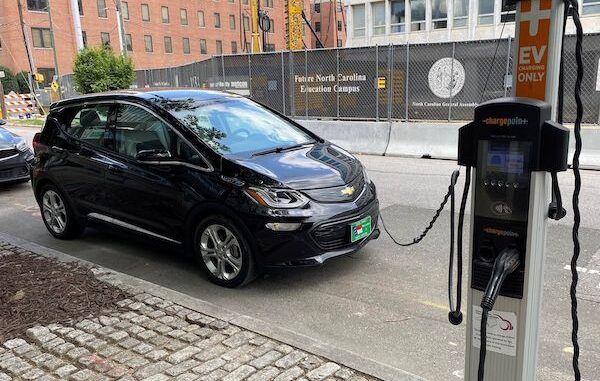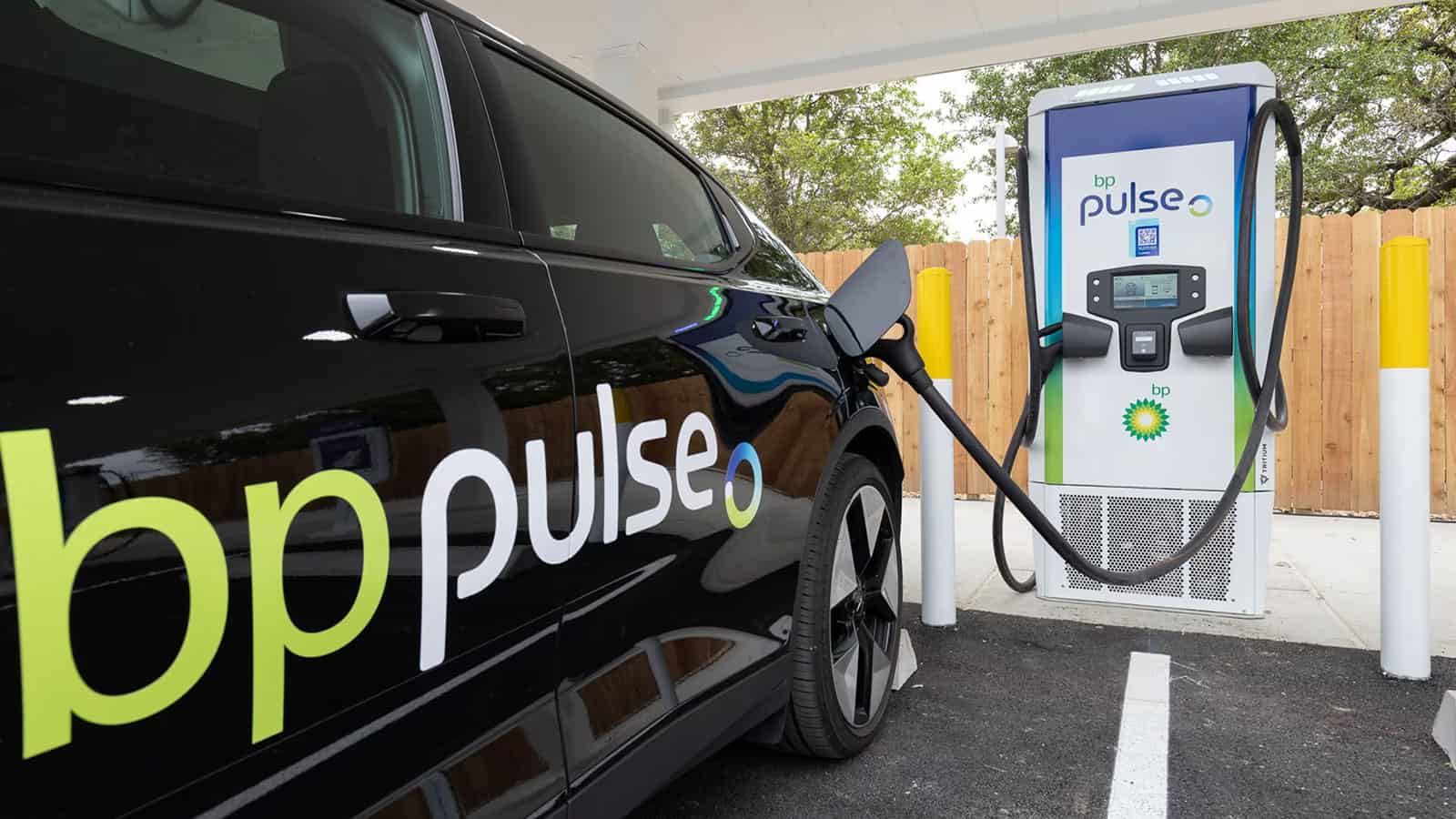Latest Trends and Insights You Need to Know Before You Buy EV Charging news
Latest Trends and Insights You Need to Know Before You Buy EV Charging news
Blog Article
Top EV Charging Information: Trick Updates on Infrastructure and Development

Recent Developments in Fast-Charging Innovation

In addition, developments in battery modern technology, including enhanced thermal administration systems and greater energy thickness batteries, enhance fast-charging abilities. These growths mitigate the risk of battery deterioration during quick charging, ensuring durability and efficiency for EV proprietors.
In addition, the integration of smart billing solutions is improving individual experience, making it possible for real-time monitoring and dynamic pricing designs. EV Charging news. This versatility permits drivers to optimize charging times and expenses based upon grid need
As automakers continue to purchase fast-charging networks, the collaboration between market stakeholders is important. Collaborations in between billing terminal companies and vehicle makers are leading the means for extensive coverage, ultimately fostering a more durable EV ecosystem. These advancements are essential in sustaining the change to lasting transportation.
Government Initiatives for Charging Expansion
Government initiatives play a critical role in the development of electrical lorry (EV) charging facilities, assisting in the change to lasting transportation. Various government and state programs are being implemented to improve charging access, decrease the monetary burden on consumers, and advertise the adoption of electric lorries.
Notably, the U.S. federal government has designated substantial funding through the Infrastructure Investment and Jobs Act, which earmarks $7.5 billion for EV billing network advancement throughout the nation. This funding is aimed at releasing thousands of new charging terminals, especially in underserved locations, thus attending to range stress and anxiety among possible EV customers.
Furthermore, various states are enacting regulation to improve the allowing process for billing station setups, which is important for accelerating implementation. Motivations such as tax credits and refunds for both consumers and services are also being presented to encourage the installment of charging facilities.
Furthermore, public-private partnerships are significantly becoming an emphasis, leveraging private financial investment to enhance federal government funding. These campaigns underscore a collective strategy important for developing a comprehensive and reliable EV billing network, inevitably adding to a greener and more sustainable future.
Cutting-edge Battery Solutions Enhancing Performance
Changing the landscape of electric vehicle (EV) innovation, ingenious battery remedies are significantly boosting performance and efficiency. Advances in battery chemistry, particularly with lithium-sulfur and solid-state batteries, are resulting in boosted power thickness, which permits longer varieties and faster charging times. These new battery types have the prospective to exceed standard lithium-ion batteries by supplying greater abilities while minimizing weight, thereby improving total vehicle efficiency.
Moreover, developments in battery management systems (BMS) are maximizing power use and extending battery life expectancy. Intelligent algorithms monitor battery health and efficiency, making it possible for real-time modifications to billing and releasing procedures. This not just boosts the effectiveness of the battery however also ensures a more lasting and trustworthy energy resource for EVs.
In addition, the assimilation of reusing technologies is addressing the ecological impact of battery manufacturing and disposal. Advancements in second-life applications for EV batteries are facilitating their usage in power storage systems, adding to a round economic situation.
As these cutting-edge battery options continue to progress, they guarantee to transform the EV market, making electrical automobiles much more attractive and available to a more comprehensive audience while sustaining international sustainability goals.
Cooperation In Between Automakers and Billing Networks
Acknowledging the essential demand for a durable billing facilities, automakers are significantly collaborating with billing network companies to improve the EV ownership experience (EV Charging news). These partnerships aim to develop a seamless charging ecosystem that profits customers and sustains the shift to electric vehicles
Significant automobile brands are joining pressures with well-known charging networks to expand their billing terminal protection, guaranteeing chauffeurs have access to trustworthy and practical charging alternatives. As an example, partnerships with networks like ChargePoint and Electrify America permit car manufacturers to integrate billing options directly right into their cars' navigating systems, assisting individuals to the closest terminals and supplying real-time availability updates.
Additionally, these collaborations commonly result in the advancement of fast-charging technologies that substantially reduce the time needed to charge an EV. By pooling resources and proficiency, car manufacturers and charging networks can introduce much faster, producing remedies that meet the expanding need for electrical movement.
Furthermore, joint campaigns might also cause even more standardized charging procedures, which can alleviate consumer complication and advertise more comprehensive EV adoption. Generally, these critical alliances are critical in developing a easy to use and reliable charging framework that fulfills the requirements of an increasing electrical vehicle market.
Challenges Dealing With EV Billing Framework
As the electrical lorry market continues to grow, several challenges are surfacing that prevent the development of an extensive charging facilities. One of the primary challenges is the insufficient number of charging stations, especially in country and underserved metropolitan locations. This gap develops array anxiousness amongst prospective EV customers, discouraging them from making the switch.
In addition, the lack of standardization accountable technology makes complex the framework landscape. Variations in plug types and charging rates can produce confusion for individuals and enhance operational intricacies for charging network drivers. Furthermore, the assimilation of billing terminals into existing electric his response grids postures considerable difficulties. Numerous areas deal with capability limitations, calling for considerable investments in grid upgrades to suit boosted demand.
Another pushing problem is the high price connected with the installation and upkeep of charging terminals, which can be a barrier for both public entities and personal companies. Ultimately, regulative difficulties and zoning limitations can postpone the deployment of billing infrastructure, hampering development in broadening essential solutions. Resolving these challenges will be critical for promoting a durable EV ecosystem that supports the shift to lasting transportation.
Conclusion
Finally, the recurring innovations in EV billing modern technology, supported by significant government efforts and innovative battery options, are critical for the development and performance find here of electrical automobile facilities. Partnerships between automakers and charging carriers better boost terminal insurance coverage, resolving the expanding need for easily accessible charging options. Despite challenges that persist within the EV billing landscape, these growths symbolize a positive trajectory towards a more effective and sustainable electric lorry ecological community.
Advancements in charging framework have actually led to the advancement of ultra-fast chargers capable of providing up to 350 kW of power, substantially reducing charging times. Variants in plug types and billing rates can produce complication for individuals and enhance functional intricacies for charging network drivers.In final thought, the ongoing innovations in EV charging technology, sustained by significant federal government efforts and cutting-edge battery solutions, are vital for the growth and efficiency of electrical vehicle framework. Partnerships in between automakers and billing suppliers further boost station protection, addressing the expanding need for available charging alternatives. In spite of obstacles that persist within the EV Clicking Here billing landscape, these growths represent a favorable trajectory towards a much more lasting and reliable electrical vehicle environment.
Report this page